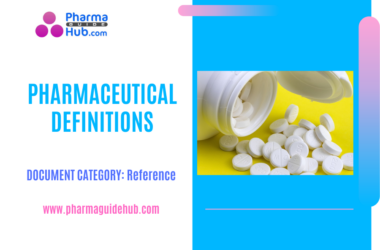Pharmaceutical guidelines are a set of principles, rules, and recommendations designed to ensure the safety, efficacy, quality, and regulatory compliance of pharmaceutical products. These guidelines are established by various regulatory bodies, such as the World Health Organization (WHO), the U.S. Food and Drug Administration (FDA), and the European Medicines Agency (EMA), among others. They cover a wide range of topics, including:
- Drug Development: Guidelines for the preclinical and clinical phases of drug development, including study design, ethical considerations, and data management.
- Good Manufacturing Practices (GMP): Standards that ensure that products are consistently produced and controlled according to quality standards, minimizing risks involved in pharmaceutical production.
- Quality Assurance: Procedures and policies that ensure the integrity, safety, and efficacy of pharmaceutical products throughout their lifecycle.
- Labeling and Packaging: Requirements for labeling, packaging, and product information to ensure that consumers and healthcare providers have the necessary information.
- Post-Market Surveillance: Guidelines for monitoring the safety and effectiveness of drugs after they have been approved for use, including reporting adverse events and conducting post-marketing studies.
- Compliance and Enforcement: Regulations regarding compliance with laws and regulations, as well as the enforcement of these guidelines by regulatory authorities.
These guidelines are crucial for protecting public health and ensuring that pharmaceutical products are safe and effective for consumers.

